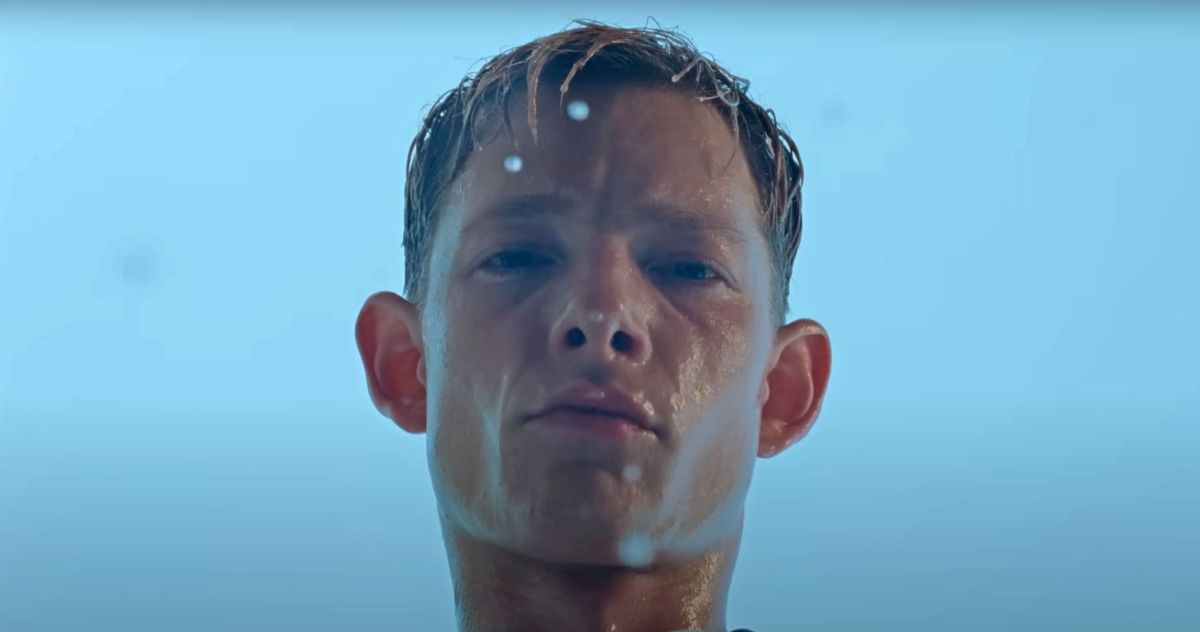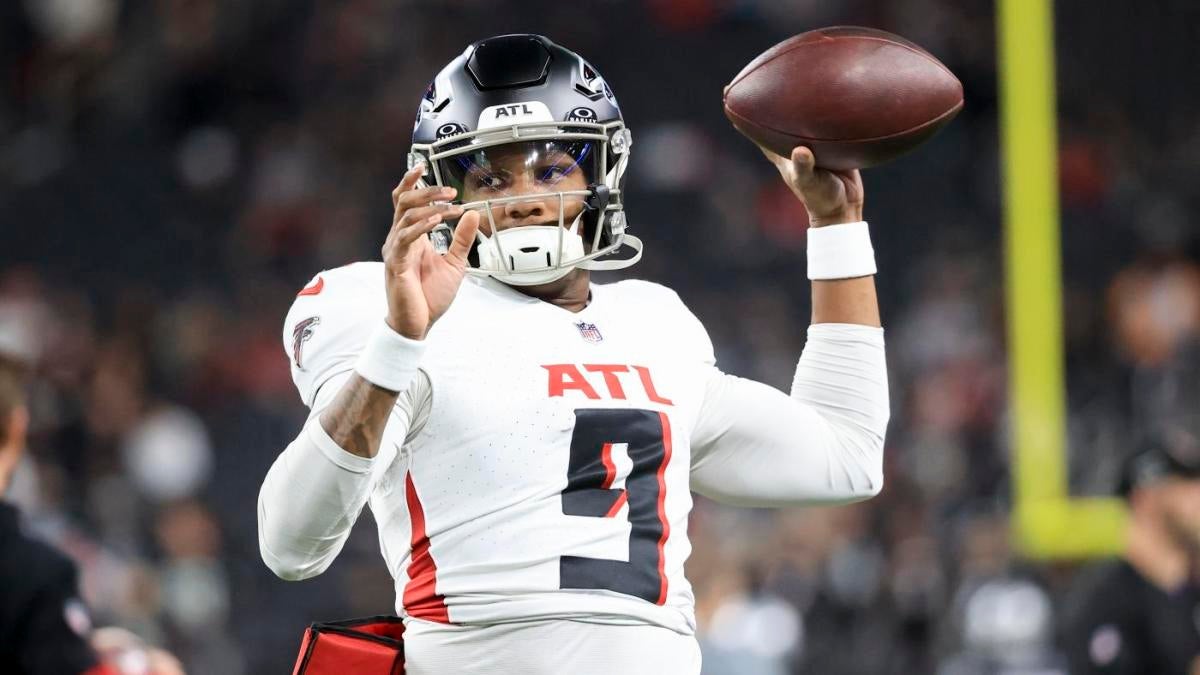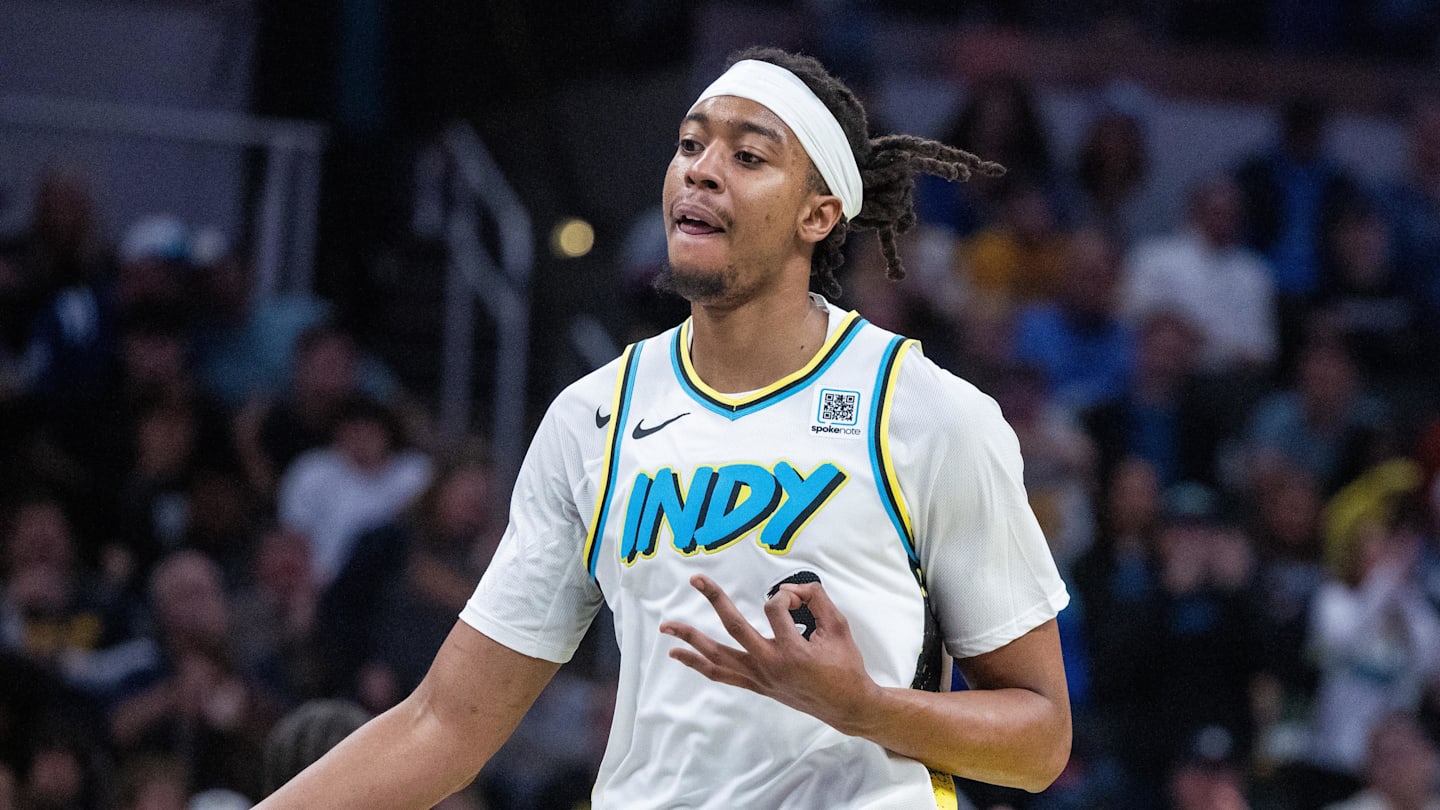Tennis
A Tennis Dummy’s Guide to the Ending of Challengers

Challengers is so darn hot, you guys. Director Luca Guadagnino is smart enough to know that if you mash three of the most attractive people in the world together with a script about athletic prowess and competitive drive and explore the psychosexual power dynamics between their characters, you’ll wind up with the horniest movie of the year. When Challengers ends, the only real question is how quickly did tennis freaks Tashi Duncan (Zendaya), Art Donaldson (Mike Faist), and Patrick Zweig (Josh O’Connor) find the nearest hotel room in New Rochelle to finally have the three-way they (we) have been waiting for.
But Challengers is also a sports movie, and as such we should care about the outcome of its final match between Art and Patrick. The movie begins and ends with this one match, which ratchets up to a visceral intensity in its last moments. The ball thwacks loudly off rackets, the competitors end up sweating on you, and Guadagnino excitedly hops between the players’ POV to a handheld cam to a ball’s-eye view, making you wonder if you’re going to lose your mind entirely because the director sure has. With all that happening, if you’re not familiar with tennis, it might be difficult to parse exactly who wins in the end.
Spoilers for the end of Challengers ahead …
To set things up, Art is the multiple Grand Slam tournament-winning tennis champion slumming it on the Challenger circuit (think minor leagues for tennis) to build up his confidence before he makes one last run at winning the U.S. Open (the only major tournament he’s never won). He’s coached by his wife, Tashi, a former tennis prodigy whose career was cut short by a knee injury. Patrick is his former bestie (and her former lover) turned rival whose career hit the skids long ago. The stakes go far beyond a paltry tune-up tournament in upstate New York. A marriage, at least one career, and Josh O’Connor’s sexual prowess are all on the line.
Folks, it’s very close. The match is a best-of-three sets affair. Art wins the first set, as expected. In terms of pure ability, technique, and fitness, he’s the better player. But we’re also reminded several times throughout the film that Art has never defeated Patrick in an official match. Way back when, Patrick beat Art in the finals of the U.S. Open Juniors, after Tashi said that she’d give her number to whomever won. So the pair’s head-to-head record is also a reminder that before Tashi was Art’s wife, she was Patrick’s girl. (Of course, the whole point is that Tashi was never anyone’s girl, and that they each own a piece of the other two, all wrapped up in the kind of horny energy that only elite physical specimens with overdeveloped competitive drives possess.)
By the time Patrick wins the second set, we’ve learned via flashback that Art wants to retire, whether he wins that elusive U.S. Open title or not. So it looks like Art’s heart isn’t in the match anymore. Throughout the third and deciding set, Art and Patrick trade games back and forth, and at 5-6 in the third set …
There’s no getting around the fact that tennis scoring is dumb as hell. It’s persisted this long because tennis is a sport that values tradition to a psychotic degree. But you need to understand it just a little bit to get the ending of Challengers. A tennis game is won by being the first to get to four points by a margin of two. Zero points is called “love,” the first point is worth 15, win one more and you’re at 30, one after and you’re at 40. If you win a point while up 40-30, 40-15, or 40-0, you win that game. Win six games (by a margin of two) and you’ve won the set. Win two sets (in a best-of-three) or three sets (in a best-of-five) and you’ve won the match.
In the old days, the deciding set of a match would play itself out until one of the players won by two games. This meant that matches could conceivably go on forever, or at least for three days. Now, almost every tournament opts for a tiebreaker once the set gets to 6-6. Since a tiebreaker is a relatively new innovation (brought to tennis in 1970, which on the geologic time scale is nothing!), they did away with the old 15-30-40 scoring system. Instead, in a tiebreak, things are simpler: Each point is worth one point. The first player to seven points (winning by two) wins the set.
Back to Art and Patrick — when the final scene starts, Patrick is serving at 5-6, meaning if he doesn’t hold his serve (win this game), then Art wins the match. And he starts to waffle. By now, we know Tashi had sex with Patrick the night before, to get him to throw the match to Art and save Art’s career (and by proxy their marriage). And it looks like Patrick is about to do just that. But he’s a real cocky asshole at heart, and so when he serves at 30-40, down match point, he abandons his signature weird tomahawk serve motion and places the ball at the neck of the racket for a traditional serve.
Earlier in the film, when Patrick and Art were teenage hornballs and best pals, they got to discussing Patrick’s first date with Tashi while at practice. Art told Patrick that if he’d had sex with Tashi, all he’d need to do to confirm it would be to place the ball at the neck of his racket and serve like a normal person. By resurrecting this secret code, Patrick is signaling to Art that he and Tashi had sex again. Art, understandably, is not cool with that.
Patrick whips his serve past a rattled Art to get the score to deuce (40-40). Art then collects himself, stares down his wife and his opponent, and shouts “FUCK YOU” across the net. This earns him a point penalty for audible obscenity — the chair umpire, played by Zendaya’s personal assistant Darnell Appling, is tough but fair, having dinged Patrick for the same violation earlier. So now Patrick is serving for the game, and Art looks about ready to leave this whole stupid match, sport, and relationship behind. He lets Patrick loop in a dinky little underhanded serve, winning the game for Patrick and knotting the final set at 6-6. Tiebreak time!
So as mentioned, tennis tiebreaks go to seven points, and you have to win by two. The player who received serve the previous game (Art, in this case) serves the first tiebreak point, and from there, the players alternate serving every two points. At this point, Art still looks really demoralized. He’s angry, but a fed-up kind of angry. He fires his first serve right at Patrick’s head. It’s what Patrick deserves, tbh. The ball obviously lands way out, and in tennis, if your first serve lands outside the service box, you get a second serve to get it right (if that next one also lands outside, it’s a double fault, but we don’t have to worry about that in this scene). So when Art serves again, it’s still the first point of the tiebreak.
And this is when Challengers fully snaps. Art suddenly finds his competitive drive, and he and Patrick engage in an insane long rally full of booming forehands, exhausted grunts, and ultimately both players at net volleying the ball back and forth at each other in a manner that actually defies physics. For as well as Challengers does with verisimilitude up until this point, Guadagnino cheerfully throws realism out of the window here. Volley-volley-volley-volley-volley-volley, until finally Patrick attempts to lob the ball over Art’s head, and Art leaps into the air to smash the ball right in Patrick’s beautiful, scumbag-y face. Unfortunately, Art leaps with such force that he crashes over the net, colliding his full body into Patrick, leaving them prone on the ground in a tangled, sweaty, probably semi-erect mess.
In tennis, you’re not ever allowed to touch the net. Even if you smash a clear winner, and your racket or body touches the net on the follow-through, you lose the point. It’s safe to say Art lost that point, to go down 0-1 in the tiebreak. But that could not matter less, because Tashi is on her feet in the bleachers yelling “COME ON” because her boys have finally shown the fire that she’s been unable to show herself since her injury. Art let the beast out, he has literally mounted Patrick on the court, and all three of them are so wildly horny that they might just start fucking right there.
Who won the match? We won’t ever know, because that’s when the screen cuts to credits. If you want to play the percentages, the odds that Patrick will be able to defeat Art — who is now at peak physical condition and with a fire in his taut belly — are pretty slim. But ultimately, Art never came to New Rochelle to win a Challenger tournament. He came to get into a mental space where he can win the U.S. Open, and now he can.
More importantly, Art and Patrick and Tashi all achieved a kind of carnal clarity. Early in the movie, Tashi explains to the boys that the purest form of tennis is two people on a court sharing a moment of sublime physical excellence, to the point where they’re not even competing, they’re telling a story. With Tashi on her feet, commanding her sweaty, exhausted boys to keep battling, all three of them have told a story of drive, desire, and physical ability. You can figure out where it goes from there.
See All










